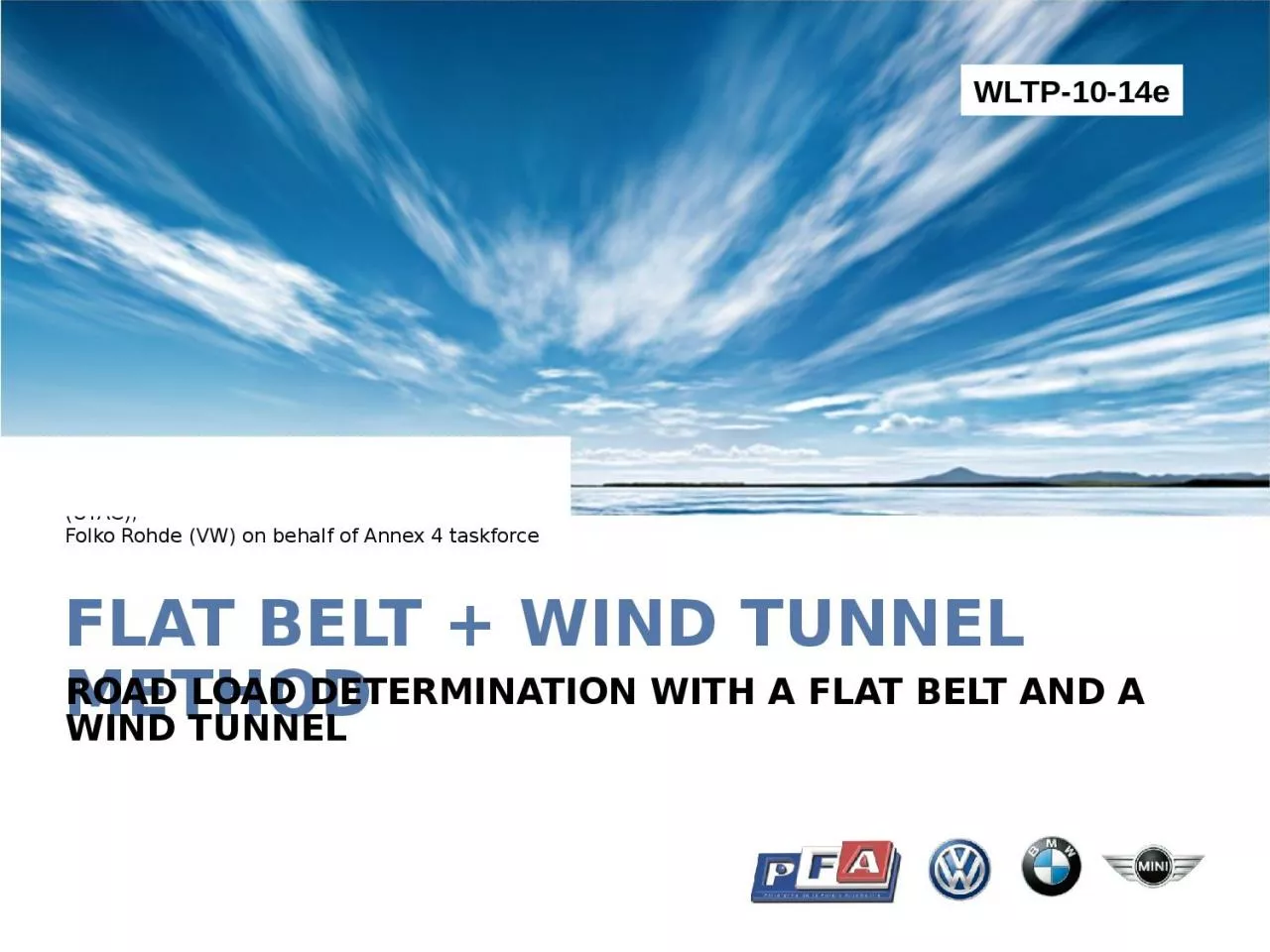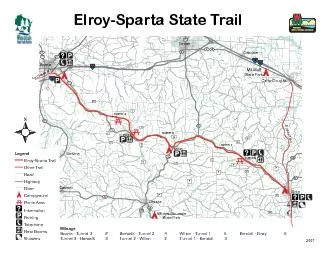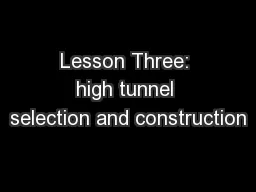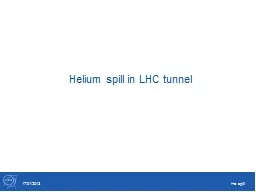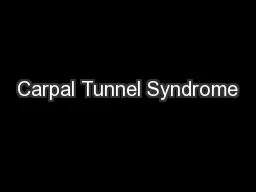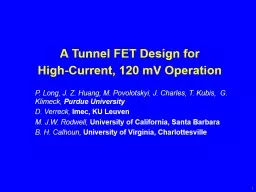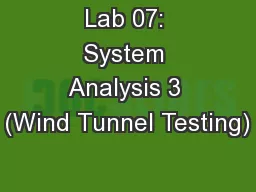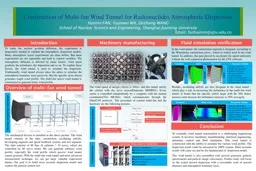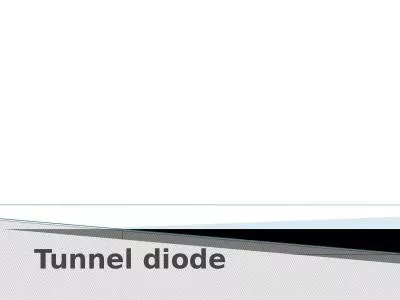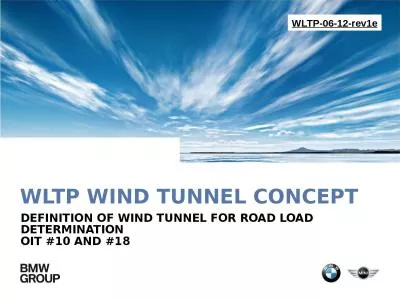PPT-flat belt + wind tunnel method
Author : bella | Published Date : 2023-09-22
31032015 Christoph Lueginger BMW Céline Vallaude UTAC Folko Rohde VW on behalf of Annex 4 taskforce road load determination with A flat belt and a wind tunnel WLTP1014e
Presentation Embed Code
Download Presentation
Download Presentation The PPT/PDF document "flat belt + wind tunnel method" is the property of its rightful owner. Permission is granted to download and print the materials on this website for personal, non-commercial use only, and to display it on your personal computer provided you do not modify the materials and that you retain all copyright notices contained in the materials. By downloading content from our website, you accept the terms of this agreement.
flat belt + wind tunnel method: Transcript
Download Rules Of Document
"flat belt + wind tunnel method"The content belongs to its owner. You may download and print it for personal use, without modification, and keep all copyright notices. By downloading, you agree to these terms.
Related Documents

